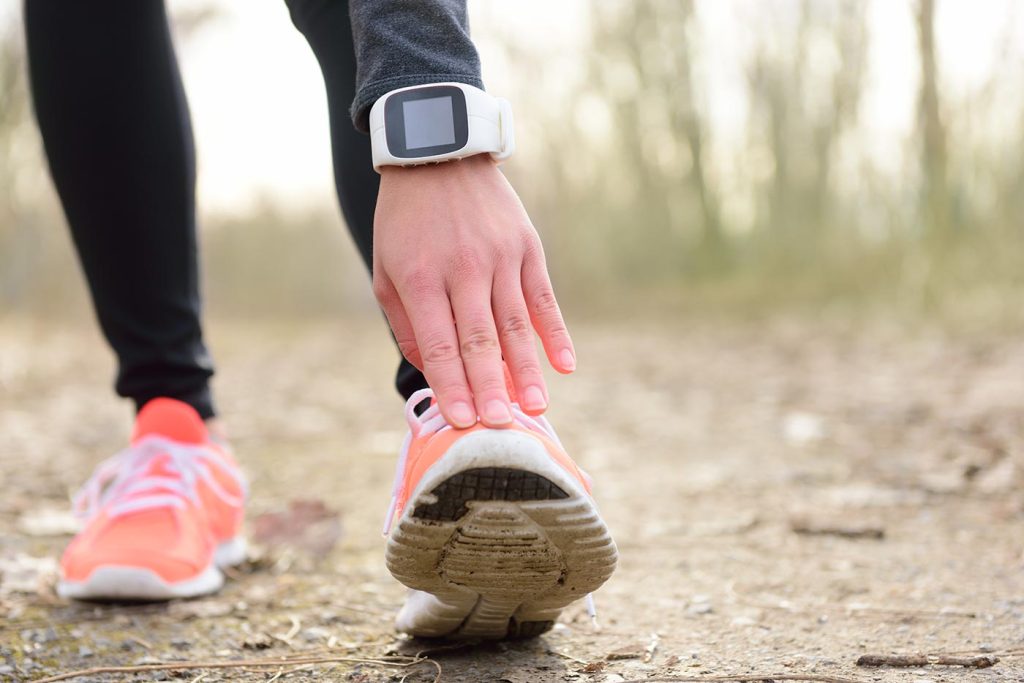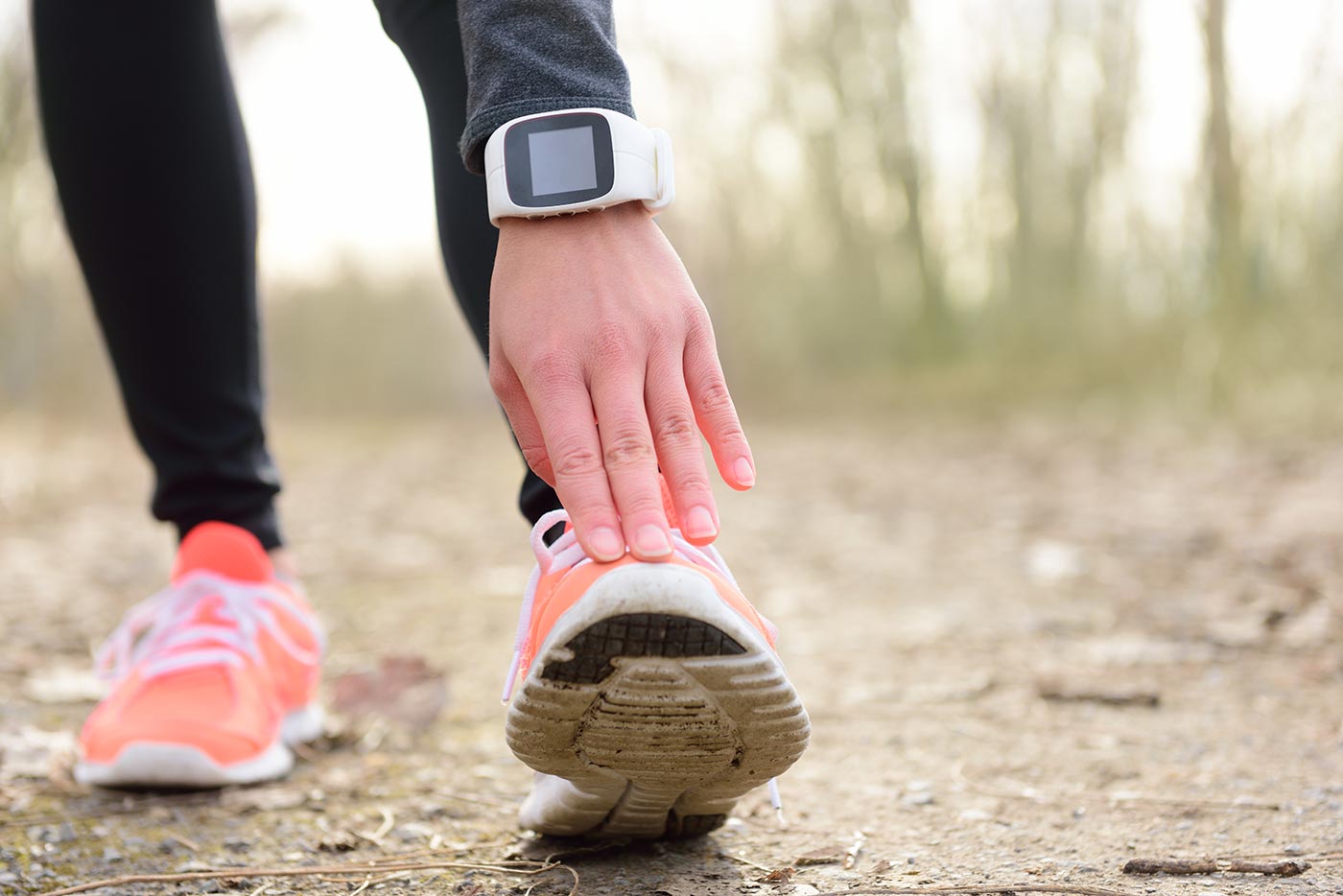2015 has seen the growth of a new fitness market – the wrist-based heart rate monitor. But are they any good…?
One of the fitness revolutions – okay, evolutions – of 2015 has been the rise of strapless heart rate monitors. Since Polar invented the first heart rate monitor (HRM) back in the 1970s, the chest strap has been as commonplace as Farah winning gold, Froome wearing yellow and Fury offending nearly everyone.

They’re neat contraptions, requiring a dampening of the electrodes that pick up the beat of your heart and transmit the results to your wristwatch, which tell you how hard – or easy – you’re working out. They’re accurate but, in a world where ease of use rules, rather cumbersome.
Enter the wrist-based HRM, which uses light to track your blood. The underside of these monitors features an LED with adjacent sensors. When your wrist capillaries are illuminated, those sensors gauge blood volume changes – the harder you exercise, the greater the blood volume. Through a series of algorithms, this gives you a heart-rate reading.
In the past couple of months I’ve tested numerous models, from Garmin – their first offering into the market in the form of 225 – TomTom and Mio. I’ve also played around, albeit briefly, with the Apple watch.
So are they any good? Well, just to straddle that diplomatic fence, they’re not bad. There’s something liberating about avoiding near tourniquet around your chest, and for exercising employees whose job sees them away from home on a regular basis, you avoid that all-too-common ‘I’ve-left-the-strap-at-home’ scenario.
Unfortunately, the current generation lacks the accuracy and reliability of their chest-strapped contemporaries; in fact, Mio, who not only have their own range but license their sensor technology to rivals, admit that accuracy is 86-90% compared to chest-strap versions. And here’s why…
Firstly, the slow-pumping capillaries of the wrist don’t necessarily reflect your actual heart rate. That’s why the medical world will often take your heart rate by forefinger rather than wrist. You see, your forefinger features an arterial vessel, which keeps up with the fastest pulsations of your heart.
Thanks to the translucency of the fingertip’s skin, it’s also easier to read than the wrist. And there are reports that skin tone can affect accuracy, though that’s hard to quantify in the real world.
Where wrist-based monitors really need to improve is coping with all-out sprints. Current technology relies on environmental light remaining absent. But when your arms are going like the clappers, inevitably your watch moves (unless, of course, you tighten the wrist-strap so much it transfers tourniquet from your chest to your wrist!). That means light ingress, which can affect readings.
So does that matter? For the casual user, possibly not. But for athletes who train by heart-rate zones and rely on that accuracy, it’s still too early to pitch for the wrist.
James Witts is a writer & editor specialising in endurance sport, health & fitness, outdoor adventure and sports science.











